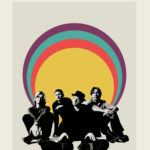
Join Collapsis for an evening of music at Motorco Music Hall in Durham, NC on July 15, 2023 at 8 pm.
Info is available here.
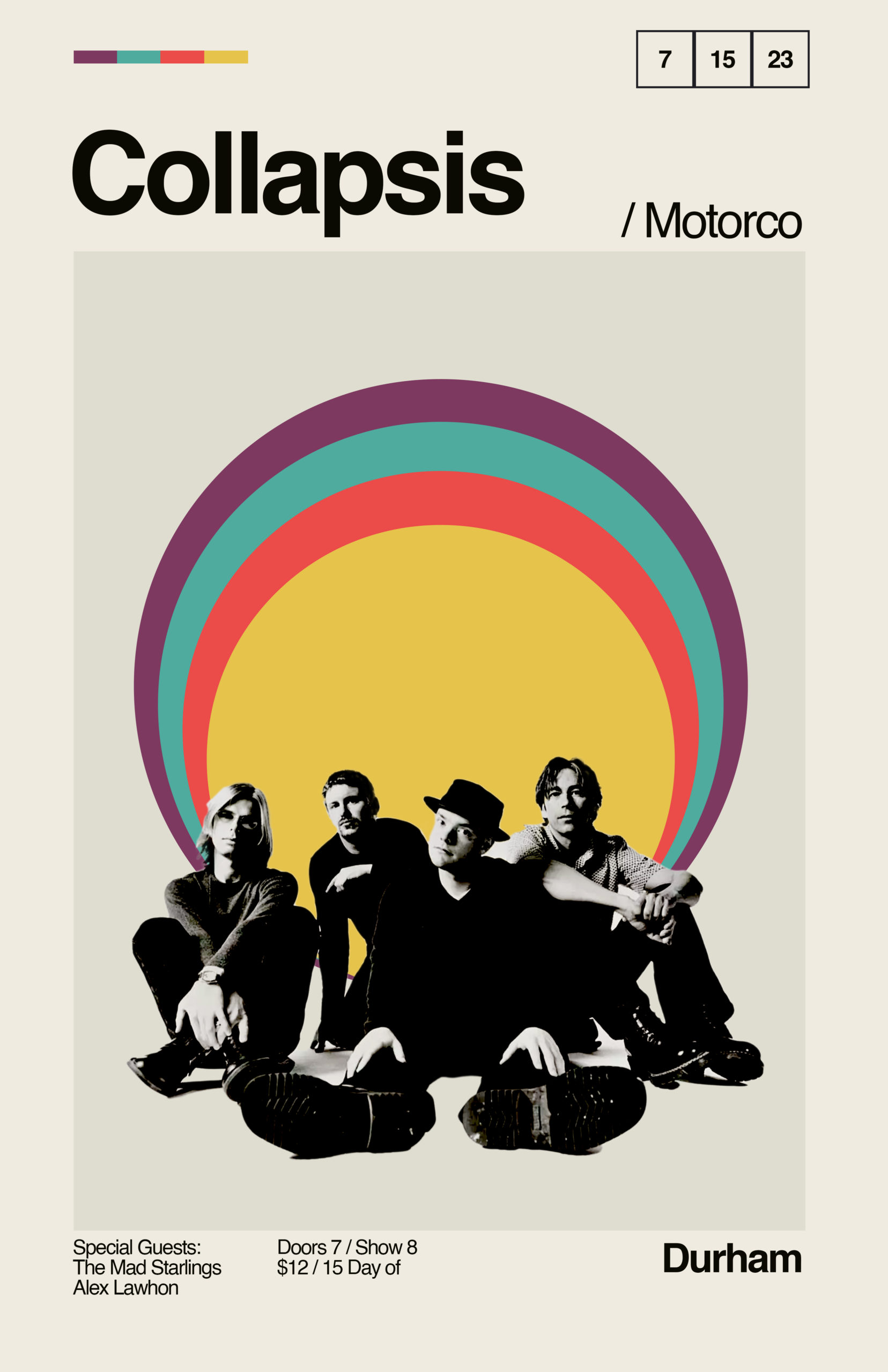
Official Website

Join Collapsis for an evening of music at Motorco Music Hall in Durham, NC on July 15, 2023 at 8 pm.
Info is available here.


Up until last Monday, whenever I heard Metallica’s “For Whom the Bell Tolls,” I imagined some kind of medieval battle scape with swords and dragons. But then I read Ernest Hemingway’s novel of the same name, arrived at Chapter 27, and everything changed.
It’s not like the inspiration for Metallica’s opus had been a big secret or even in question, really. Songfacts.com states that the “lyrics are based on the 1940 Ernest Hemingway novel of the same name.” True. Although from that statement alone, one could easily conclude that Hemingway’s title and basic theme was just a mere spark that, perhaps, lightly influenced Metallica’s lyrics. To the contrary, the song tracks fairly closely to Hemingway’s prose.
| Metallica’s “For Whom the Bell Tolls” | Hemingway, For Whom the Bell Tolls, Chapter 27 |
| “Make his fight, on the hill, in the early day. Constant chill deep inside.” | “El Sordo was making his fight on a hilltop. . . . There had still been snow then, the snow that had ruined them . . . “ |
| “Shouting gun, on they run, through the endless grey.” | “. . . the automatic rifle heavy on his back, the horse laboring, barrel heaving between his thighs, the sack of grenades swinging against one side, the sack of automatic rifle pans banging against the other, and Joaquín and Ignacio halting and firing, halting and firing to give him time to get the gun in place.” |
| “On they fight, for their right, yes, but who’s to say?” | In chapter 26, the protagonist, Robert Jordan, contemplates war’s inherent moral conundrum. |
| “For a hill, men would kill — Why? They do not know. Stiffened wounds test their pride. Men of five, still alive, through the raging glow. Gone insane from the pain that they surely know.” | “Of the five men who had reached the hilltop three were wounded. Sordo was wounded in the calf of his leg and in two places in his left arm. He was very thirsty, his wounds had stiffened, and one of the wounds in his left arm was very painful.” |
| “Take a look to the sky just before you die. It’s the last time you will.” | “His head hurt very much and his arm was stiffening so that the pain of moving it was almost unbearable. He looked up at the bright, high, blue early summer sky as he raised the leather wine bottle with his good arm. He was fifty-two years old and he was sure this was the last time he would see that sky.” |
| “Blackened roar, massive roar, fills the crumbling sky. Shattered goal fills his soul with a ruthless cry.” | “The planes came back three times and bombed the hilltop but no one on the hilltop knew it. Then the planes machine-gunned the hilltop and went away.” |
| “Stranger now are his eyes to this mystery. Hears the silence so loud.” | “Then there were the hammering explosions past his ears and the gun barrel hot against his shoulder. It was hammering now again and his ears were deafened by the muzzle blast. Ignacio was pulling down hard on the tripod and the barrel was burning his back.” |
| Bonus: Horsey style wah-wah guitar solo at the end of the song. | El Sordo shoots his horse. |
The song, in its own right, is a work of genius. And now that I see what inspired it, I like it even more. “For Whom the Bells Tolls” is a perfect summary of this particular chapter of Hemingway’s novel. And yet it’s wholly original in its approach, tone, and execution. At first glance, Metallica and Ernest Hemingway don’t seem like they would play well together. But, after a closer look, they paint very similar pictures.
Please note: at no time am I suggesting that Metallica copied Hemingway. Rather, I feel like this is an excellent example of how creativity is a dialog. One person’s art goes on to influence another’s. After all, both draw on Devotions (1623) by John Donne:
“Any man’s death diminishes me, because I am involved in mankind; therefore never send to know for whom the bells tolls; it tolls for thee.”


In the chorus of R.E.M.’s “These Days,” is Michael Stipe singing “Oh, it’s sunny out” or “All of sudden”? I don’t know. After a thousand listens, I hear it both ways. When I sang it with the Maxell 90 on Friday, April 21 at the Visulite Theatre, I sang it both ways, in my mind at least. The song goes by so fast and with such a blistering intensity that it’s hard to care in the moment if the lyric is right.
This third iteration of the Maxell 90 R.E.M. tribute wasn’t supposed to work. A NC Triangle scene isn’t supposed to draw well in Charlotte. Two of the marquee singers had to cancel at the last minute. Only half of the singers actually got a chance to check their songs before the show. But this show defied every omen and was, quite arguably, the best one yet.
I sat back stage for most of the night but snuck out a handful of times to see a few of the performances. Most of the time, we all just sat around and told stories. I got to answer a few questions about the Satellites video. I also had a chance to ask other performers about their artistry, which, in room like that one, is easily a masterclass in the performing arts.
Until next time . . .
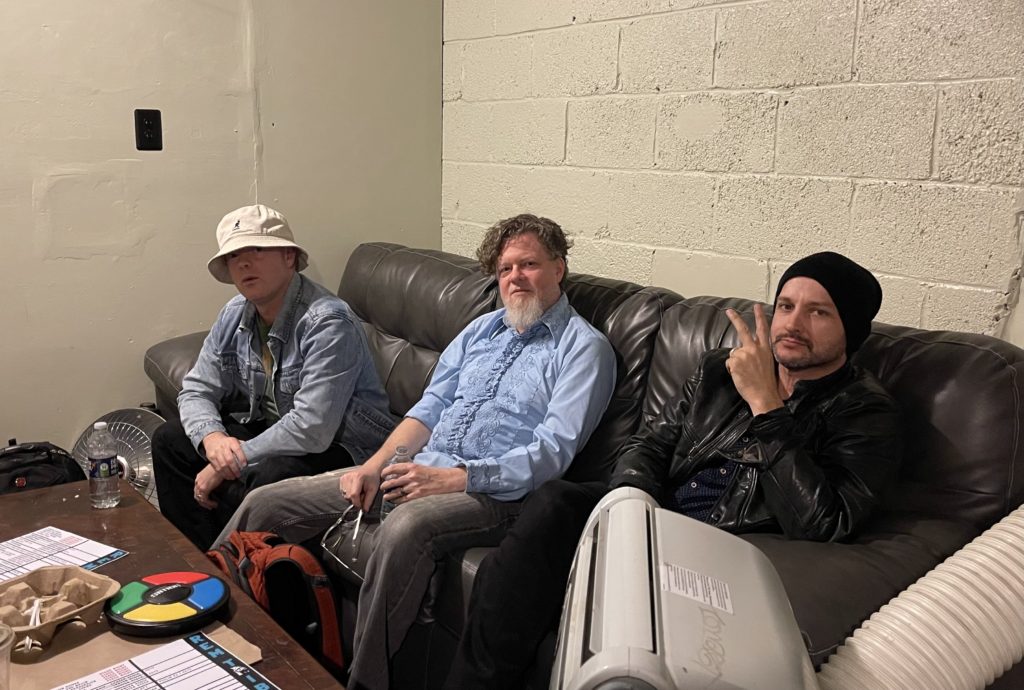

At last, we’ve released “Satellites,” a short film and accompanying single. The entire process, from inception to transmission, took eighteen months. The song first evolved from a fragment that Jonathan Fererri send me to a really good demo recording. “Satellites” begged for an accompanying video, so we embarked on a journey of uncertainty–videos are expensive and difficult to make. Using crowdfunding, calling in favors, and exhausting just about every resource we had, the video turned out better than we imagined it would.
The single is also available on streaming platforms and on my Bandcamp page. Enjoy.


During the roulette game that decided my higher ed reading curriculum, the ball did not land on The Great Gatsby. Nowadays, my reading list includes several masterworks I have overlooked. How I failed to notice F. Scott Fitzgerald’s masterpiece for this long puzzles me. A terse, scathing portrait of the American Dream, The Great Gatsby is as relevant today as it was nearly a century ago.
Published in 1925, The Great Gatsby consists of only 47,094 words, which, by modern standards, is more of a novella than a novel. Critics and audiences dismissed Gatsby upon its release, but the novel found a revival during World War II when it circulated among soldiers serving abroad. After the war, Gatsby earned greater scrutiny by scholars and critics. Today, the literary community considers The Great Gatsby “The Great American Novel” because it embodies the development, character, and identity of the American experience, at least partially anyway.
Nick Carraway narrates Gatsby by telling the story of the summer he worked as a bond trader in New York City. He lived in West Egg, the new money area of Long Island, and his cousin, Daisy, lived in East Egg, the old money neighborhood. Daisy’s husband, Tom, is a brooding ex-footballer who’s best days are behind him. Jay Gatsby lives in a mansion next door to Nick’s modest accommodations. Gatsby is in love with Daisy and throws grand parties where strangers stay drunk for weeks. Tom is having an affair with Myrtle Wilson, the spouse of a mechanic who lives in the Valley of Ashes–the wasteland between Long Island and Manhattan. One day, Daisy accidentally runs over Myrtle with Gatsby’s car. Mr. Wilson thinks Gatsby killed Myrtle so he hunts Gatsby down. Labeled a tragedy, the story ends on a down note.
Without Carraway’s descriptive, poignant narration, the simple summary in the preceding paragraph reads like an episode of Dynasty. Fitzgerald compresses and foreshadows throughout the novel. I particularly liked his placement of the car wreck at the end of chapter three both as a foreshadowing device and as an overall commentary on the American Dream. The wreck, where one of the drunks from one of Gatsby’s opulent parties throws his car into a ditch and loses a wheel, hints at the big wreck later in the novel but also seems to say that the idea that anyone can ascend in society if they just work hard enough is false. Even if someone is able to rise in class, chances are, he or she won’t know how to act and will inevitably meet a disastrous end.
Critics found Baz Luhrmann’s 2013 film adaptation of The Great Gatsby challenging, but audiences seemed to enjoy it. The film grossed over $300 million and won a couple Oscars for design. I look forward to watching it.

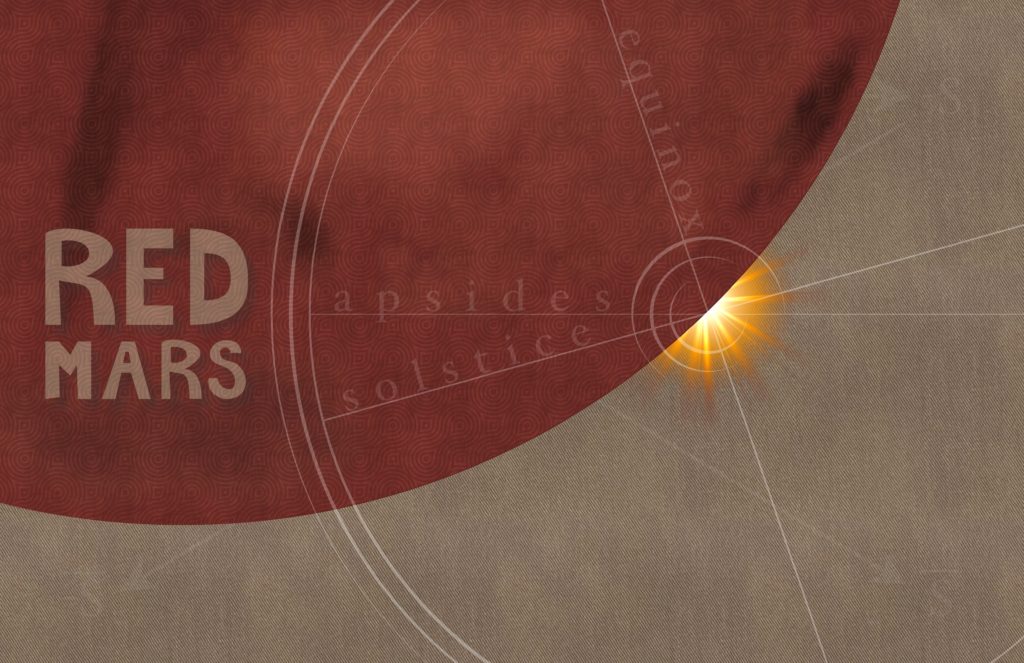
Even though the events of Kim Stanley Robinson’s Red Mars take place in a fictional 2020s, where we had landed on Mars already, Robinson’s vision of what colonizing Mars eventually might look like is quite convincing. He bases his inferences about the future on a deep understanding of human nature and probable scientific advancements. Simultaneously fictional and prescient, Red Mars fascinated me at every turn.
Published in September of 1992, Red Mars won the British Science Fiction Association award and the Nebula Award a year later in 1993. Red Mars is the first in a trilogy of novels, followed by Green Mars in 1993 and Blue Mars in 1996. A short story collection, The Martian, released in 1999, complements the collection.
As for the plot . . .many years into the colonization of Mars, Frank Chalmers assassinates John Boone. Then, in flashback, we come understand how Chalmers and Boone developed opposing ideologies as to how Mars should be developed. Chalmers holds a Machiavellian view while Boone had more of an egalitarian position. During that flashback, we learn of the First Hundred, the original colonists of Mars and how they struggled to arrive at and eventually settle on an adverse planet. Eventually, terraforming begins while some of the First Hundred break away and form an underground colony. The middle of the novel turns into a mystery of sorts as John searches for the arch-saboteur of the terraforming project. Meanwhile, Martian scientists discover a way to extend life indefinitely, which accelerates emigration from Earth. Once the Martian space elevator is complete and Frank Chalmers finalizes his political machinations, revolution breaks out and throws Mars into chaos.
Red Mars succeeds through Robinson’s brilliant scientific foresight. It never occurred to me that a space elevator wouldn’t ever really need to be built from the ground up, like a Tower of Babel, but rather, it would only need to descend to the ground from an orbiting anchor. And, if a space elevator were to fail and, say, crash, the cabling could conceivably wrap around the planet several times and cause tremendous destruction in its wake. I also enjoyed the hard science that Robinson boiled into the pages. For example, a Mars year is twice as long as an Earth year. Seasons in the northern hemisphere and southern hemisphere span different lengths because of an uneven orbit. These realities influence the narrative.
Because Green Mars was published a year after Red Mars and because Red Mars ends with the beginning of revolution, it seems possible that Robinson may have written both Red Mars and Green Mars as one larger story that the publisher split up in order to avoid trying to sell a 1300 page tome. I’d be good for it, though. I love long books, especially when they immerse you in a probable future.

Domestika.org has the best art projects. Recently I took a course there on vector drawings. The final project asked us to draw a collection of items that reflect our love of a particular place. I’ve lived in Greensboro for over two decades now, and it seemed like the best place from which to draw things.
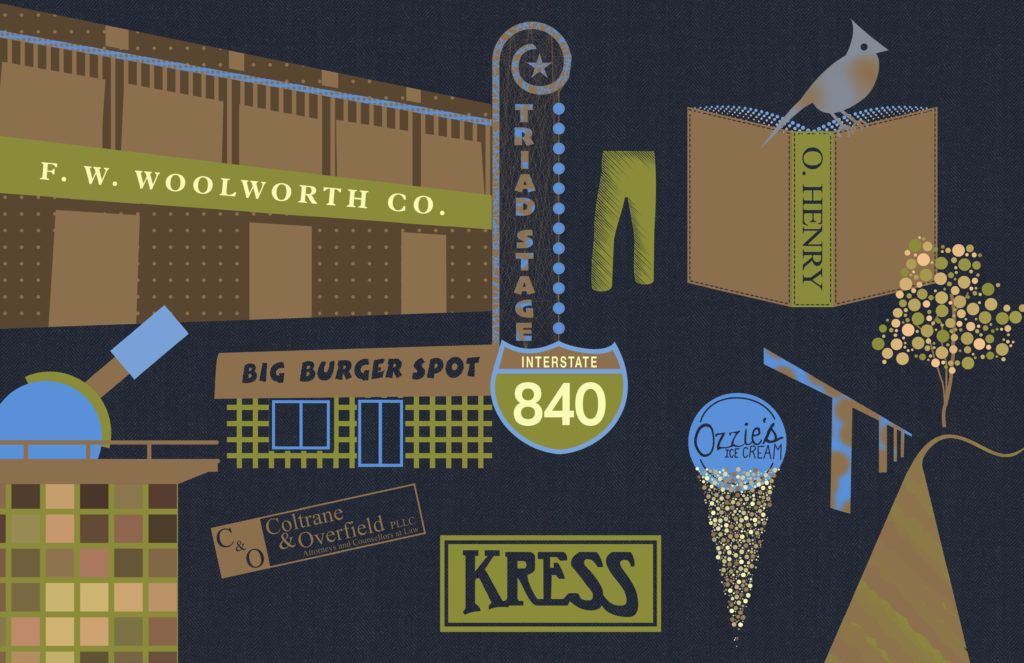
Above is my final project. First off, used a blue jean like fabric pattern for the background. Since the mid-19th century, Greensboro has had strong presence in the textile industry. Even today, the company that owns Wrangler and Lee jeans calls Greensboro its corporate headquarters. The textured fabric helped the images pop a little more than when placed over a white or off-white background.
Speaking of jeans, and beginning at the top, you’ll find a pair of green jeans. If you walk around downtown Greensboro, dozens of life size jeans statues line the streets. These sculptures have ornate designs–butterflies, logos & flags. This project, known as Jeansboro, celebrates Greensboro’s deep history with textiles and, well, blue jeans.
To the right of the green jeans rests an homage to my favorite of William Sydney Porter‘s three commemorative statues, the giant O. Henry book, which lay just across the street from the Tanger Center in downtown G-Town. The other side of the statute (not shown) usually gets better billing than the plain spine side. I prefer the plain side–there’s something about its simplicity speaks to me.
North Carolina’s state bird is the cardinal. I prefer the subdued tans and browns of the lady cardinal to the flashy red of the gentleman cardinal. Part of the project required us to use a limited color palette. The light blue compliments the cardinal’s natural tan.
The collected image in the lower right corner comes from a photo I took of the greenway near my house. There, a big tree stands by a path and an aqueduct. Greensboro has so many wonderful greenways.
Just off the Atlantic & Yadkin Greenway, near the Battleground Military Park, lives Ozzie’s, a relatively new ice cream shop. Ozzie’s is a friendly ice creamery–the kind of place where you’d expect Greensboro teens have their first stints of employment. Summer nights eating ice cream among family, dogs, and cicadas is sublime.
In the 1930’s the Kress building completed construction in downtown Greensboro. It’s art deco style compliments the surrounding buildings. I’ve played numerous weddings on the more recently renovated Kress Terrace, an event space that offers a charming aerial view of the downtown area.
New new city loop, Interstate 840, has been an increasingly valuable road for me. The spoke that was completed in 2018 shaved an easy 10 minutes off my law school commute. The section completed in 2021 made it that much easier to get to northern Greensboro areas. The final section, finished in January 2023, shortens the trip east. Durham is now ten minutes closer.
Big Burger Spot is my favorite restaurant. I love a good hamburger and BBS has the best I’ve ever had, not to mention the best fries, the best milkshakes, the best hot dogs, and the best Greek salads. The reuben at Katz’s Deli in New York is conventionally known as the best reuben in the world; however, BBS’s reuben has smoked corned beef, an original twist on a classic that’s hard to beat. I’ve eaten at BBS every Sunday for the past ten years. It’s that good.
I practice law at Coltrane & Overfield, PLLC.
The observatory at Guilford College has a couple really cool telescopes. I’ve been to a few open houses where the public gets to see what kind of things they’re working on. The telescope at the Frank Center Observatory isn’t as large as the one I put in my collage, but the place always leaves an impression on me.
One of the first “sit-in” non-violent protests of the 1960s civil rights movement occurred in the Woolworth building in downtown Greensboro. At the time, the Woolworth had a segregated lunch counter. Four brave men broke the rules and refused to leave. Nowadays, the Woolworth houses the International Civil Rights Center & Museum.
Triad Stage is one of the best places to see a play. While it’s not a grand broadway style event center, Triad Stage has an immersive, small stage that’s perfect for more intimate productions. I always feel like I’m inside the show when I see a show at Triad Stage.

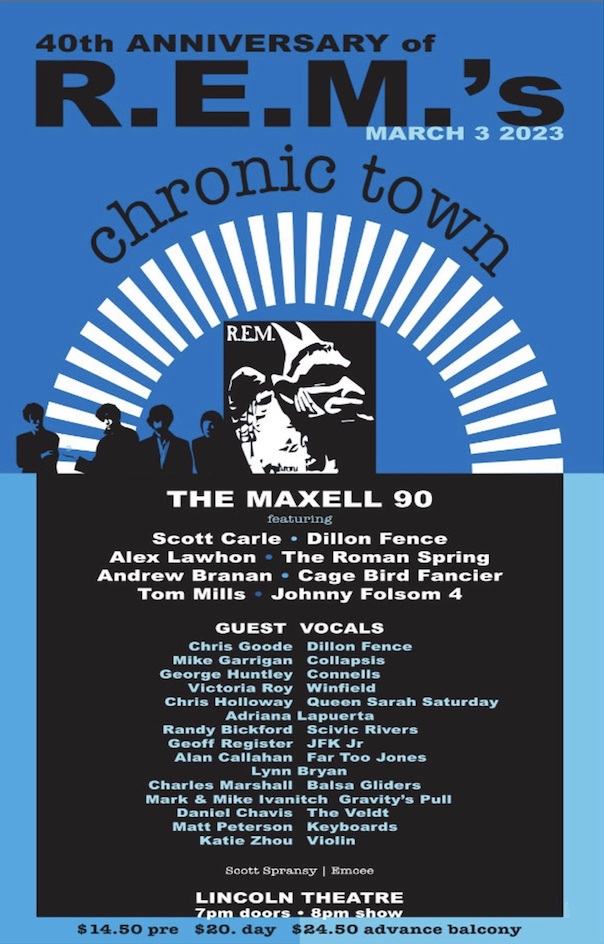
On Friday, March 3, 2023, at the Lincoln Theatre in Raleigh, NC, the Maxell 90 returns to perform as the house band for a second round of tributes to R.E.M.’s Chronic Town. If you missed the first show performed at Motorco last December, don’t miss out on this super-fun homage to one of the greatest bands of all time.
Last time, I got to perform a bunch of songs, my favorites of which were “Drive” from Automatic for the People and “Fall on Me” from Lifes Rich Pageant. This time I’ll be performing a number of the same songs plus “Country Feedback” with Ryan Pickett on slide guitar.
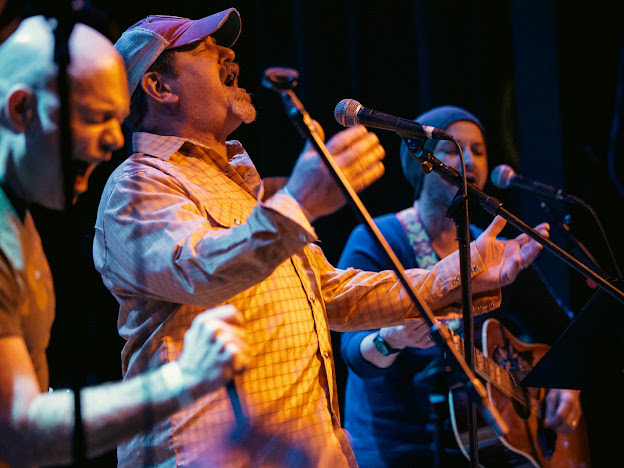
Last time, everyone ended up on stage by the end of the show. Pictured left is Chris Holloway, Alex Lawhon, and I performing “Superman.” Since Scott Carle performs drums for the Maxell 90, and all four members of Collapsis may very well be on stage together at some point, we could, in a round-a-bout way, call this a type of Collapsis reunion. We, like everyone else, will be performing R.E.M. songs though.
Show info is available here.